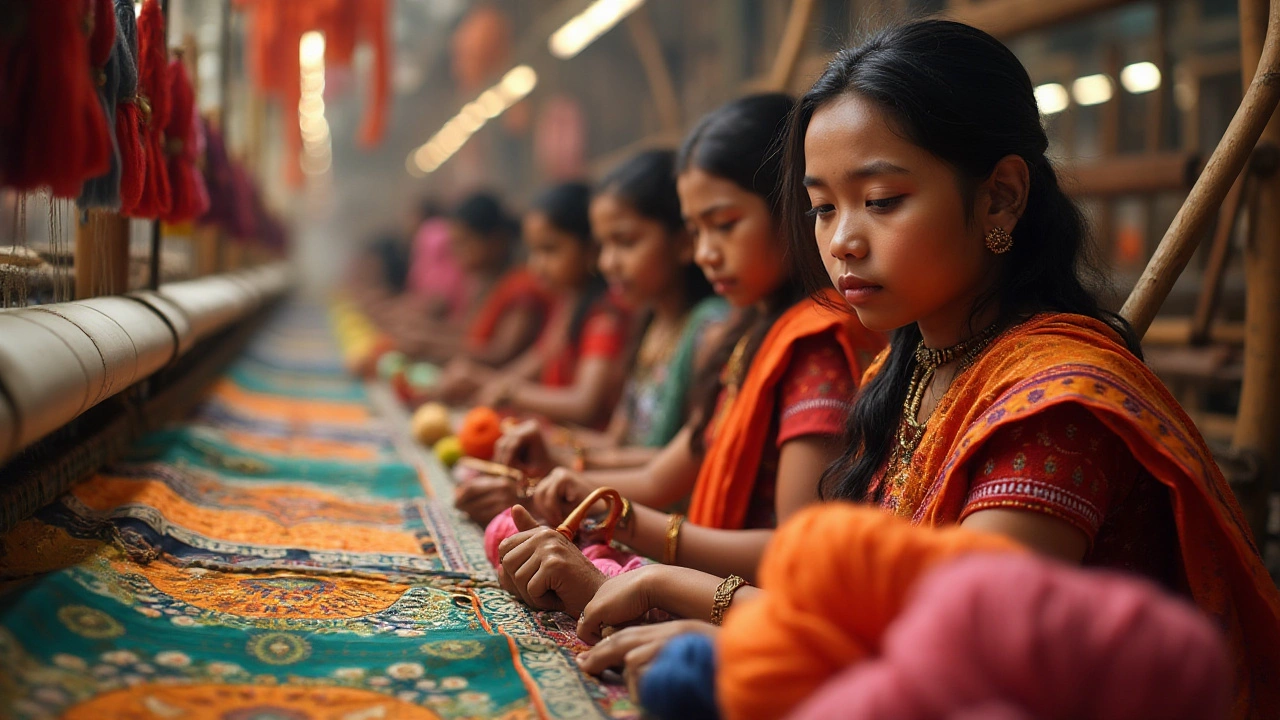Textile Quality – Simple Ways to Spot Good Fabric
When you buy or produce fabric, the first question is: will it hold up? Good textile quality means the cloth looks right, feels right, and lasts under use. Below you’ll find the basics that let you decide fast, without needing a lab.
Key Factors That Affect Textile Quality
First up, the fiber type. Cotton, polyester, silk, and blends each have strengths and weaknesses. Cotton breathes, polyester resists shrinking, silk adds shine, and blends try to capture the best of both. Knowing the fiber helps you predict how the material will behave.
Second, thread count and yarn structure matter. Higher thread counts usually give a tighter feel, but beyond a point they can make the fabric stiff. Look at the weave – plain, twill, satin – each gives a different drape and durability.
Third, finishing processes such as mercerizing, singeing, or chemical treatments add strength or softness. A good finish will make the fabric resist pilling and fading. If you see uneven color or rough spots, the finish might be low‑quality.
Lastly, quality control during production catches defects early. Things like uneven dye, loose threads, or stitching errors are signs of lax supervision. Companies that invest in regular inspection usually deliver more reliable fabric.
Practical Tips for Quality Control
Start with a visual check. Hold the fabric up to light and look for irregular patterns, stains, or loose fibers. A clean surface usually means better processing.
Do a “hand test.” Rub the cloth between your fingers – a smooth slide signals proper yarn twist, while a scratchy feel hints at poor spinning.
Check for shrinkage. Wet a small swatch, let it dry, and measure any change. If it shrinks more than 2‑3%, the fabric may need additional pre‑shrink treatment before you use it.
Perform a burn test cautiously on a hidden edge. Different fibers burn distinctively: cotton turns to ash, polyester melts and smells sweet, silk burns slowly with a black residue. This confirms the fiber composition.
Finally, keep records. Note the supplier, batch number, and any test results. When you track this data, you can spot trends – like a supplier consistently delivering lower‑grade cotton – and address them quickly.
By following these steps, you can avoid costly returns and keep your garments or products looking sharp. Good textile quality isn’t about fancy labs; it’s about keen observation, basic tests, and disciplined checking at every stage.
Whether you run a small workshop or a larger factory, the same principles apply. Use the fiber type, weave, finish, and simple inspection methods as your checklist, and you’ll raise the bar on fabric performance without extra expense.
Remember, the goal is to feel confident that the material you’re handling will meet the wearer’s expectations, stay true after washes, and reflect well on your brand. That’s what true textile quality looks like.

Understanding Neps in Textile Manufacturing in India
The term 'nep' in the textile industry refers to tiny clusters of entangled fibers that form a small knot or lump. Neps can significantly affect the quality and texture of yarns and fabrics. Factors like fiber origin, handling, and processing techniques can lead to the formation of neps. Understanding and managing neps is crucial for textile manufacturers aiming for high-quality output. This article delves into what neps are, why they form, and how to control them in textile production.
